Astronomers have made a startling discovery: galaxies in dense cosmic environments are larger than those in isolated areas. What other secrets are hidden in the celestial depths? Let’s dive into this revelation and highlight the six mesmerizing visuals from the Hubble Space Telescope.
Galaxies in Dense Clusters Grow Larger
Recent studies using data from over three million galaxies show that galaxies in dense clusters are larger than expected, contrary to previous beliefs. Clusters, which were once thought to limit galaxy growth, actually promote it due to frequent galaxy mergers and increased gravitational interactions.
Traditional models often assumed a relatively straightforward relationship between a galaxy’s environment and its growth. The new insights suggest that this relationship is more complex, involving factors such as galaxy mergers and interactions with dark matter.
To accommodate these new findings, researchers will need to revise existing models to better reflect the impact of dense environments on galaxy growth. This may involve developing more sophisticated models that account for the effects of galaxy mergers and the role of dark matter.
As we delve into these revelations about galaxy formation, it’s worth appreciating the cosmic beauty captured by the Hubble Space Telescope. Hubble’s images offer a breathtaking view of various celestial objects, providing context and wonder to our understanding of the universe. Here are six remarkable photos taken by Hubble that highlight different aspects of our cosmic surroundings:
A Glimpse of the Cosmos: Hubble’s Stunning Images
Dumbbell Nebula (Messier 76):
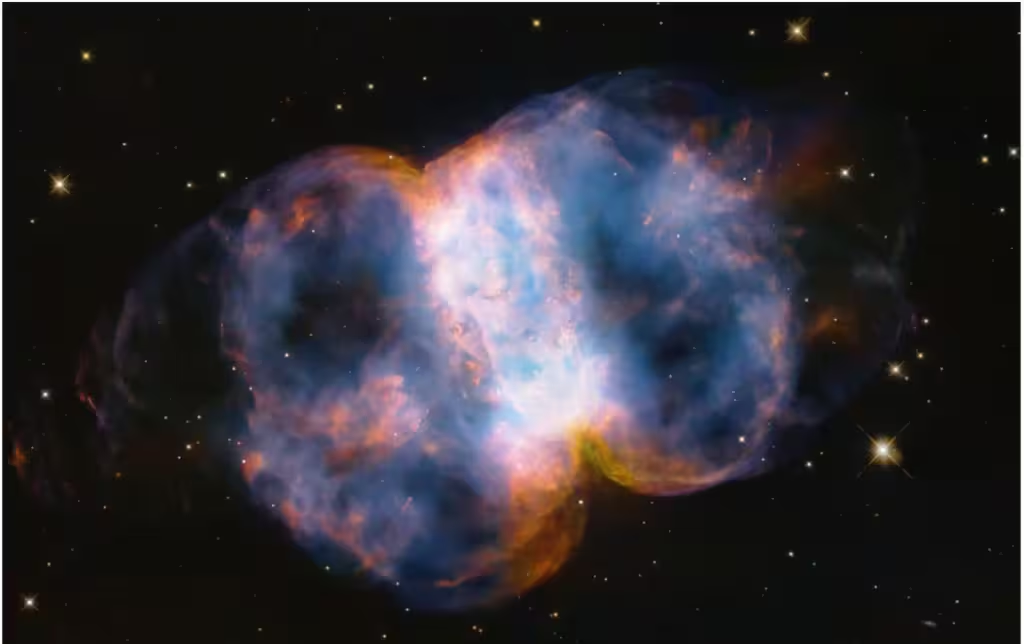
The Dumbbell Nebula, located approximately 3,400 light-years away, resembles a pinched balloon with its two-lobed structure. The image captured by Hubble reveals vibrant colors—red from nitrogen and blue from oxygen—that showcase the nebula’s intricate details and dynamic processes.
Omega Centauri:
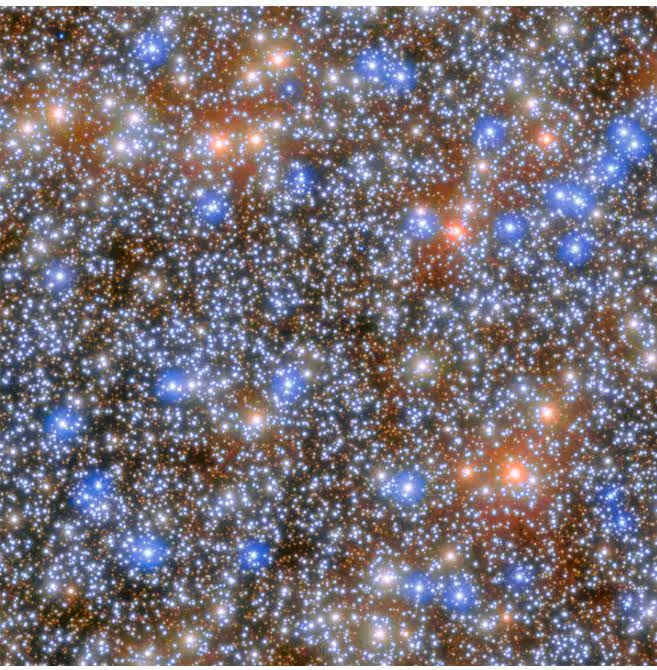
Omega Centauri is the largest and brightest globular cluster in the night sky. Hubble’s image of this cluster highlights its densely packed stars and reveals intriguing details about its core. Some researchers believe that Omega Centauri might harbor an intermediate-mass black hole, adding to its scientific significance.
Mira HM Sge:
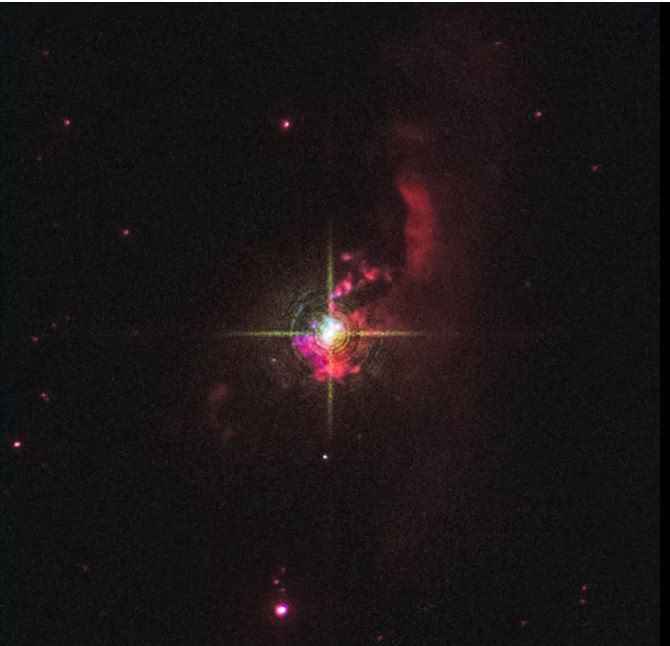
This image of Mira HM Sge, a symbiotic star system, features a red giant and a white dwarf in close proximity. Located 3,400 light-years away in the constellation Sagitta, Mira HM Sge offers insight into the interactions between different types of stars in a binary system.
Brown Dwarf:
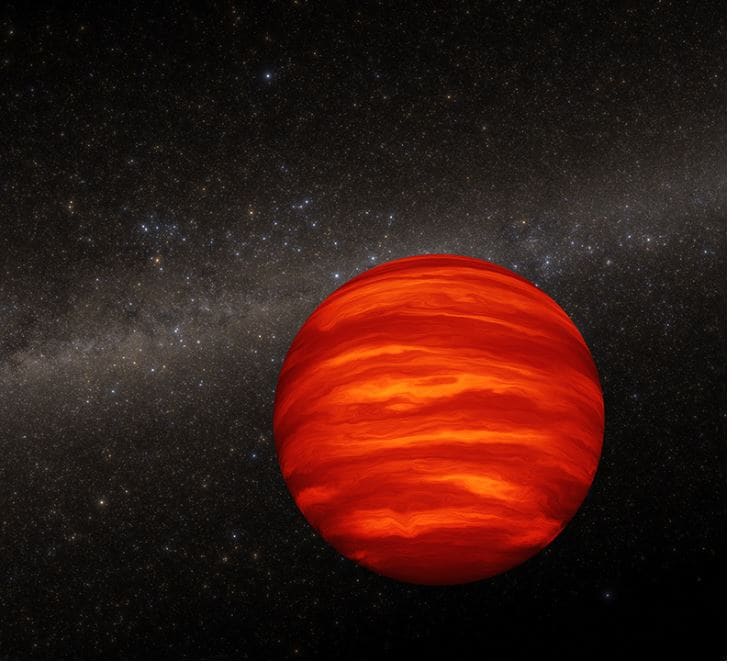
Hubble has also provided an artistic representation of a brown dwarf, a celestial object that lies between a planet and a star in terms of size and characteristics. Brown dwarfs emit primarily in the infrared spectrum, and their study helps scientists understand the boundary between stellar and planetary objects.
Galaxy AM 1054-325:
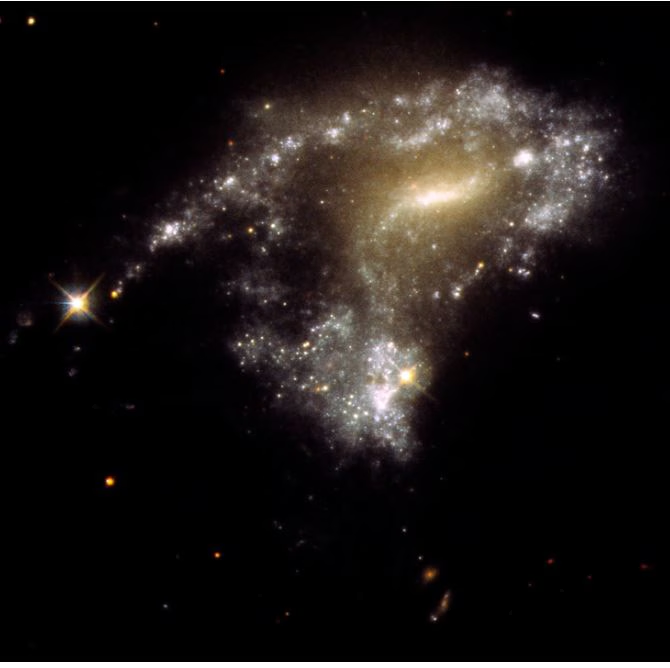
This image captures the striking S-shaped distortion of Galaxy AM 1054-325, caused by the gravitational pull of a neighboring galaxy. The photograph showcases the dynamic interactions between cosmic structures and the effects of gravitational forces on galaxy shapes.
Luminous Fast Blue Optical Transient (AT2023fhn):

AT2023fhn is a transient event that Hubble has observed in vivid detail. These events are often brief but dramatic, providing valuable information about the life cycles of cosmic
As we continue to explore and analyze cosmic data, discoveries like these will shape our understanding of the universe and inspire further research. The stunning images captured by the Hubble Space Telescope not only provide visual awe but also emphasize the beauty and complexity of the cosmos we strive to comprehend. The interplay of dense environments, galaxy mergers, and dark matter adds depth to our knowledge of galaxy formation, guiding future investigations and deepening our appreciation of the universe.
Reference: NASA



















